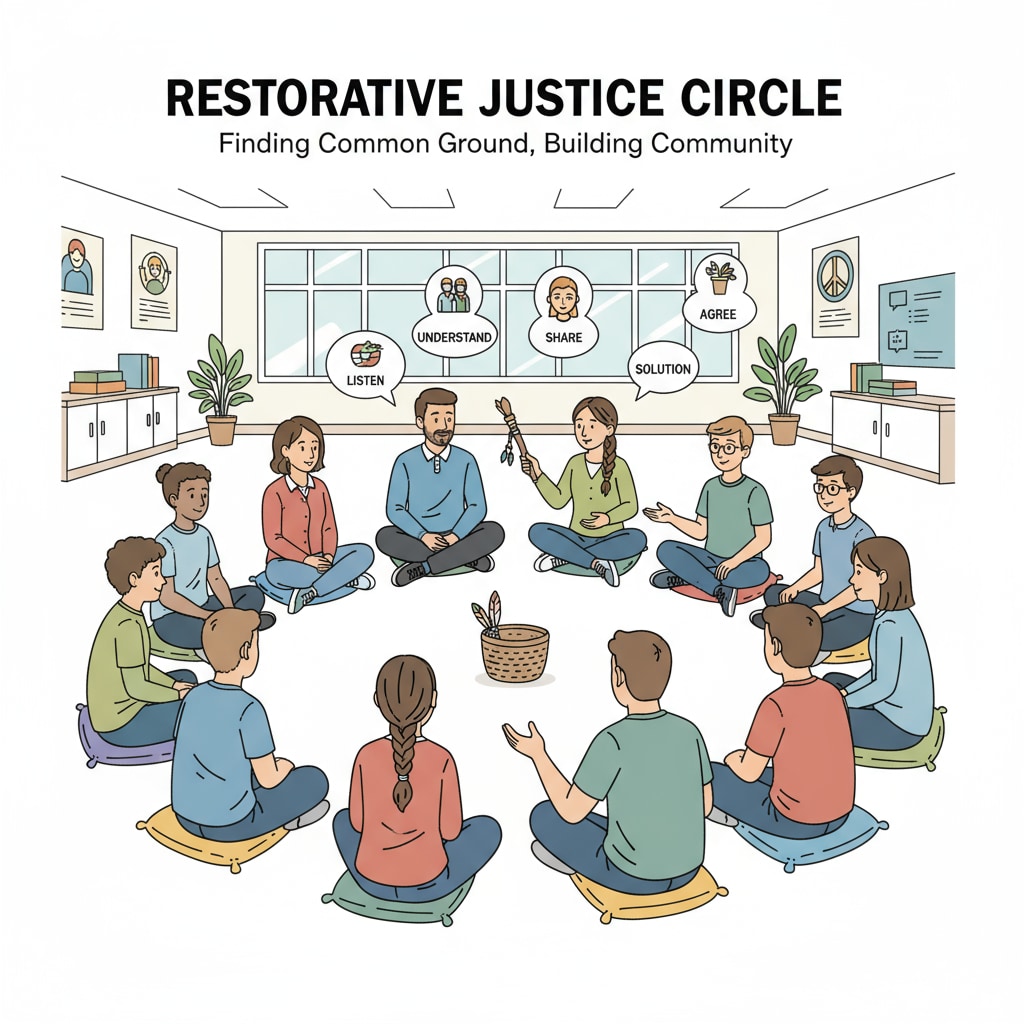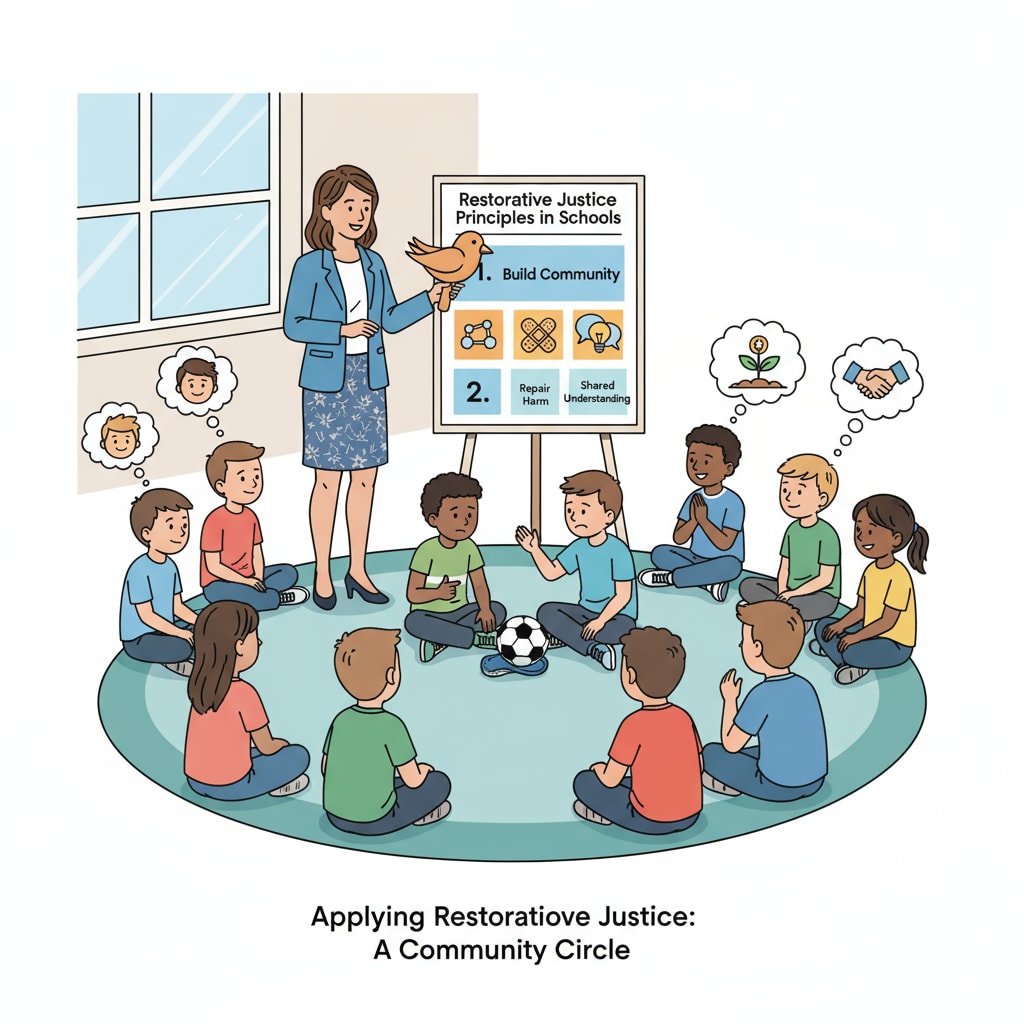Restorative justice, educational resources, and school implementation are crucial aspects in today’s K12 education landscape. In an era where creating a harmonious and inclusive school environment is of utmost importance, the concept of restorative justice has emerged as a powerful tool.

It focuses on repairing harm, building relationships, and promoting healing within the school community. By integrating restorative justice into K12 education, educators can transform the way they handle conflicts and discipline, fostering a more positive and supportive learning environment.
The Core Principles of Restorative Justice in Education
At the heart of restorative justice in education are several key principles. Firstly, it emphasizes the importance of involving all parties affected by a conflict. This includes the victim, the offender, and the wider school community. By bringing everyone together, a dialogue can be initiated to understand the impact of the actions and find ways to repair the harm. Secondly, restorative justice aims to hold individuals accountable for their actions in a way that is restorative rather than punitive. Instead of simply punishing the offender, it focuses on helping them understand the consequences of their behavior and make amends. Restorative justice on Wikipedia provides in-depth information on these principles.

Utilizing Educational Resources for Restorative Justice
There are numerous educational resources available to support the implementation of restorative justice in K12 schools. One valuable resource is training programs for educators. These programs equip teachers with the skills and knowledge needed to facilitate restorative justice processes effectively. Additionally, there are books, articles, and online materials that offer practical guidance and real-life examples. For instance, Restorative justice on Britannica offers comprehensive insights into restorative justice practices. Schools can also collaborate with community organizations that specialize in restorative justice to access additional resources and expertise.
Implementing restorative justice in K12 schools requires a systematic approach. Educators can start by introducing restorative practices in the classroom, such as circle meetings and peer mediation. These activities help students develop communication, empathy, and problem-solving skills. Schools can also establish a restorative justice committee to oversee the implementation and ensure its consistency across the school. By making restorative justice an integral part of the school culture, educators can create a safe and supportive environment where students feel valued and respected.
Readability guidance: The article uses short paragraphs and lists to summarize key points. Each H2 section provides a list of related ideas. The proportion of passive voice and long sentences is controlled, and transition words are added throughout the text for better flow.


